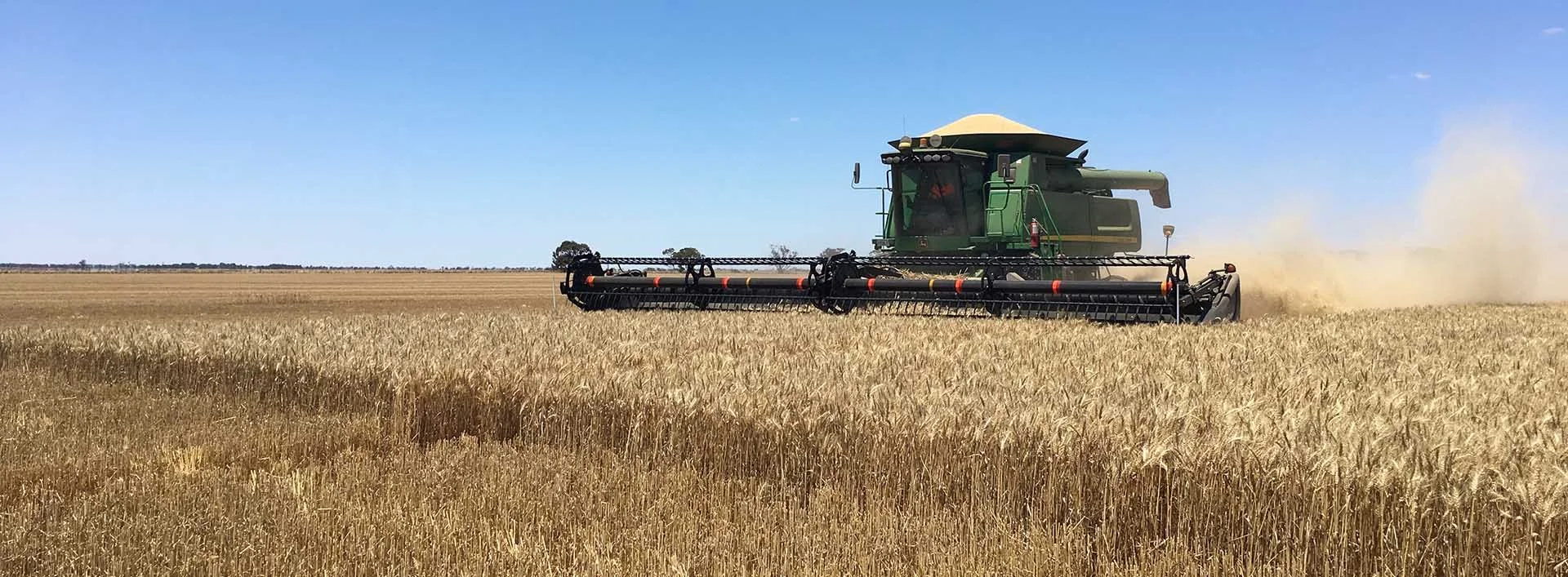
AGRICULTURE IN BEULAH
Beulah: the Centre of the Barley Belt
Our local agriculture industry is dry-land farming, including wheat, barley, lentils, chickpeas, and canola.
The Wimmera Mallee Pipeline Project has replaced 17,000km of open earthen channels, which were built between 1890 and the 1940’s, with a pipeline system throughout two to three million hectares of the Wimmera and Mallee. The pipeline system has been designed to take advantage of gravity to minimise the energy cost of pumping water wherever possible.
Lake Bellfield is 146 metres higher than Taylor’s Lake, and when water is released into the pipeline at Lake Bellfield, the effect of gravity down the pipe provides significant water pressure. While volumes are low, the pumps at the pump stations along the pipe trunk mains to towns are not utilised; gravity maintains the flow.
The project was completed well ahead of its original timetable of ten years, under budget and was completed by March 2010.
THE FARMING YEAR
Cropping or planting begins around May, hopefully after a nice soaking rain.
Hay will be cut and baled in October and sold for export or to dairy farmers in other areas.
Harvest begins in approximately November depending on the weather. Rain isn’t welcome during harvest as the grain needs to be dry and not damaged by frost or storms. A very busy time for the town as the crops need to be harvested while standing and dry.
The grain is taken into the silos or grain storage in Beulah or stored on farm to be sold at a later date.




